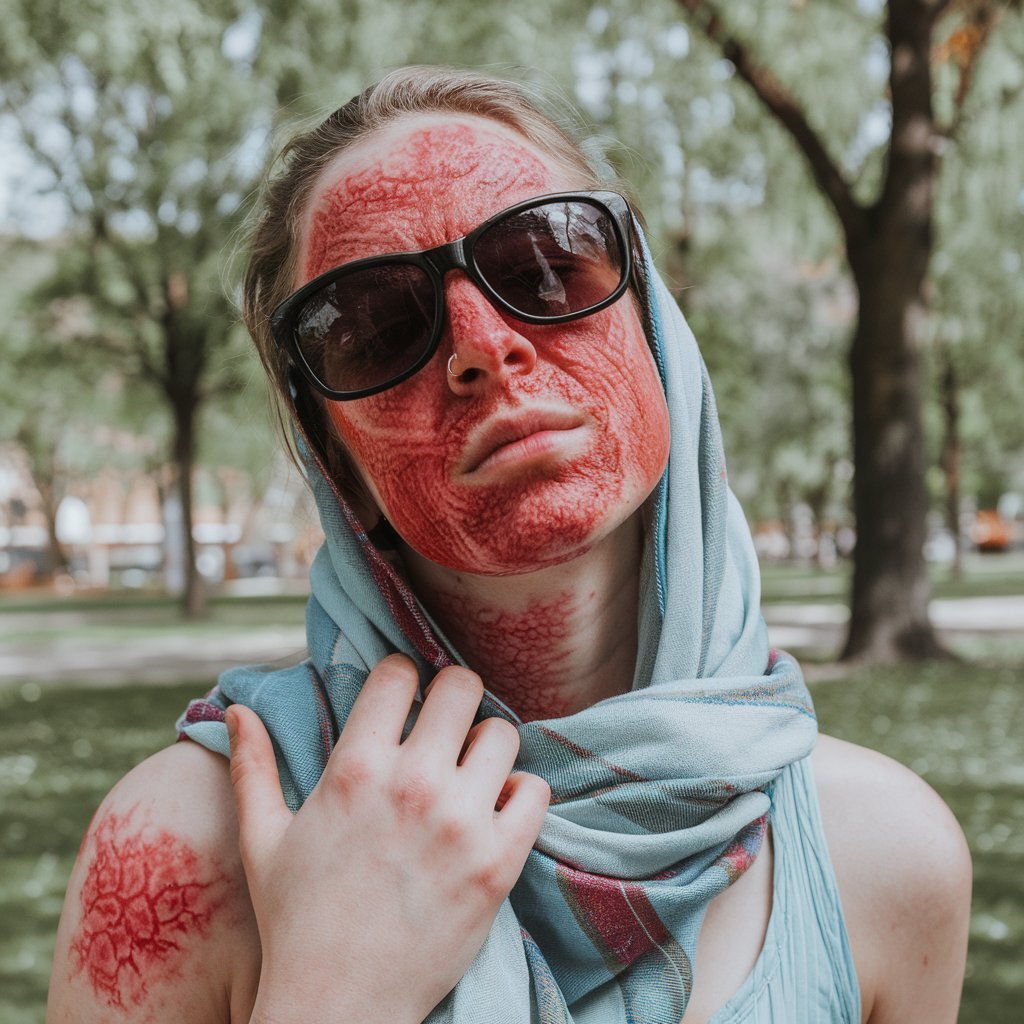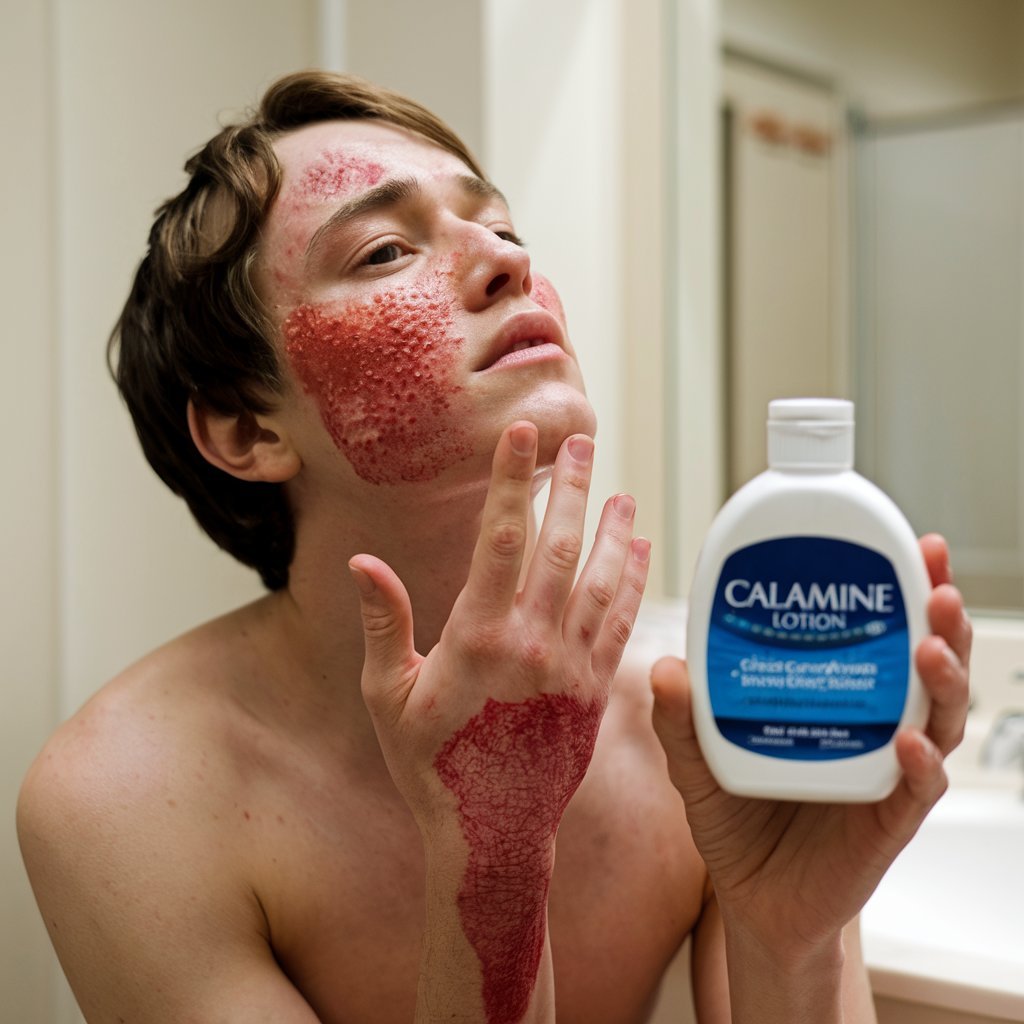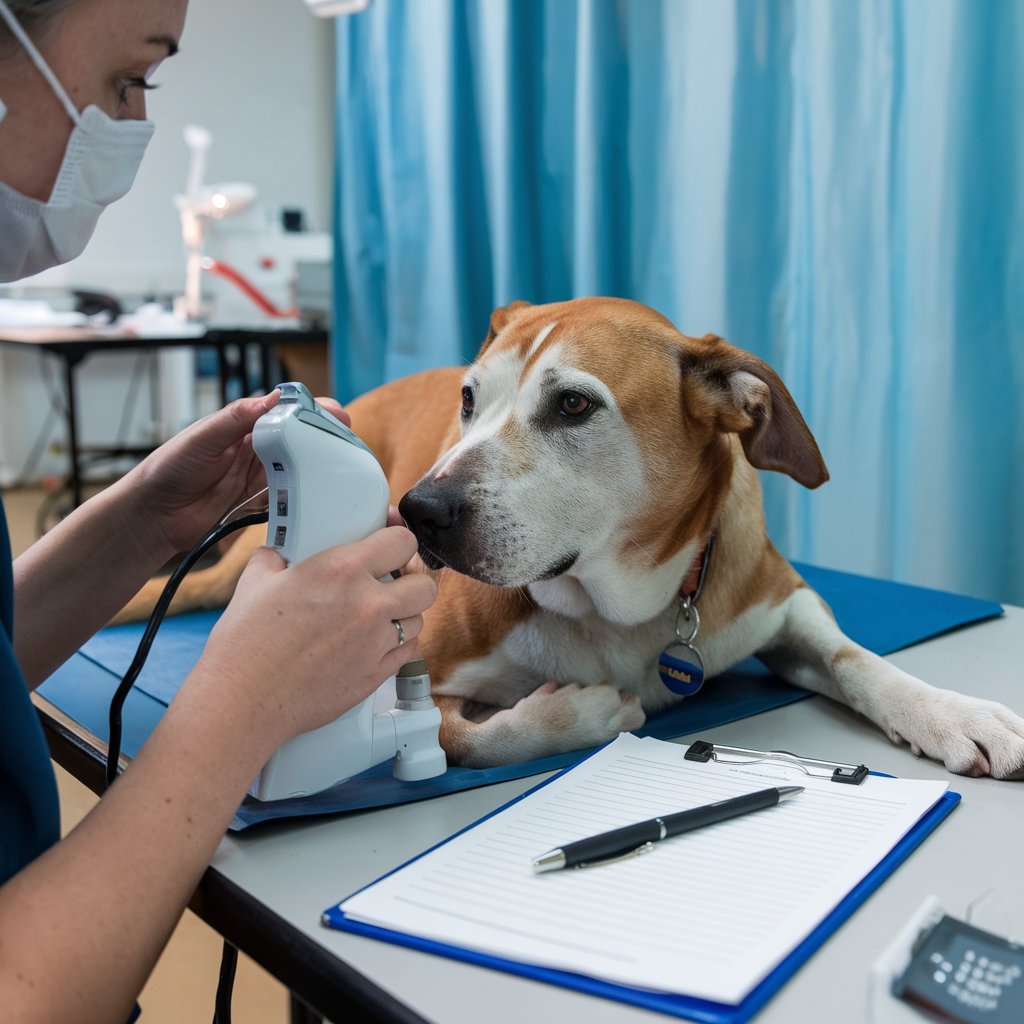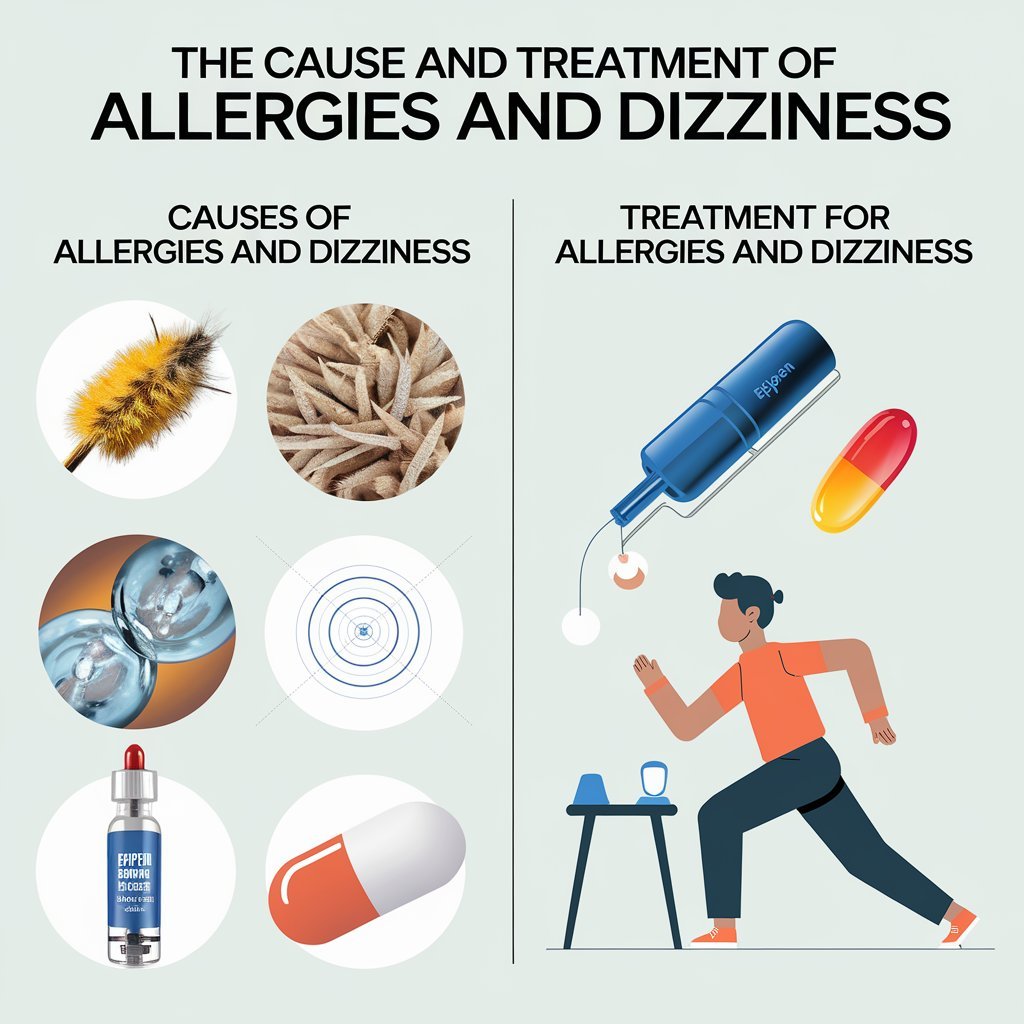You can be allergic to the sun. A sun allergy-sometimes referred to as photosensitivity-occurs when your skin is sensitized to UV rays, which the sun is programmed to put out. A sun allergy reaction may include itchiness, burning, blistering, or peeling of the skin. Such reactions can arise a few minutes to hours after the onset of exposure to the sun and can vary in intensity from mild discomfort to severe irritation.
Genetics, certain medications, and underlying autoimmune conditions cause sun allergies. The treatments vary from lifestyle changes to medications based on the severity and type of sun allergy. Researchers are not sure how many people suffer from sun allergies; however, it is estimated that 2% to 18% of the population worldwide may be living with a sun allergy.

Types of Sun Allergies
Different kinds of sun allergy exist with distinct causes, provokers, and signs and symptoms. There are four primary kinds of sun allergy which are
Polymorphous light eruption (PMLE): PMLE is the most common form of sun allergy, and it occurs mainly in dark-skinned people. Within hours of exposure to sunlight, an itchy or burning rash with red bumps or blisters develops, lasting from several days to two weeks. PMLE usually occurs in spring or early summer because the skin is not as acclimated to sunlight after winter.
Solar urticaria: This is a rare form of sun allergy in which the appearance of hives (raised, itching welts) occurs on the skin within minutes after exposure to the sun and usually resolve within 24 hours. It is often seen as a result of an abnormal immune response toward UV rays.
Photoallergic reaction is a type of sun allergy whereby ingredients in a certain medication can cause the immune system to overreact when exposed to UV rays, leading to developing rashes with red bumps or even oozing blisters. The rashes usually come out one to three days following exposure to sun.
Actinic prurigo: Actinic prurigo is a rare hereditary sun allergy that results in itchy, bumpy, or scaly skin lesions following exposure to the sun. It is a chronic condition that typically starts in childhood before age
Symptoms of Sun Allergy
Sun allergy symptoms vary depending on an individual’s type and severity of sun allergy. Some have mild symptoms, while others have more severe reactions when exposed to sunlight.
Polymorphous Light Eruption (PMLE) Symptoms
Symptoms of PMLE usually appear within hours to four days after you’re exposed to sunlight. Common symptoms include the following:
- Itching or burning sensation
- Rash with redness or scaling of the skin
- Small, red spots or blisters on sun exposed areas
Symptoms of solar urticaria tend to arise within minutes after sun exposure and can include:
- Raised, itchy welts, or hives, on the sun-exposed skin
- Itching or burning sensation on the affected skin
- Redness and swelling in the exposed areas
Symptoms of photoallergic reaction to the sun.

Medications and some cosmetic creams can cause photoallergic reaction. You may begin to experience symptoms within hours or days after exposing your skin to sunlight. They include:
- Pruritic, erythematous, blistering rash in sun-exposed areas
- Spread of rash to areas not exposed to the sun
- Swelling and tenderness in the affected area
Actinic Prurigo Symptoms
Symptoms of actinic prurigo are usually manifested soon after exposure to the sun and resolve within days. However, further exposure to the sun will reactivate the allergic response to the sun, and symptoms are likely to reappear, such as
- Lumpy or scaly patches on sun-exposed skin
- Burning or itchy sensations
- Red bumps, hives, or small blisters
Causes
Sun allergy occurs when your skin is oversensitive to sun rays or artificial ultraviolet rays such as tanning beds. With a sun allergy, when you go out to the sun, your immune system reacts to ultraviolet rays as if they were a threat to your body.
Subsequently, to protect the body, the immune system produces and releases inflammatory chemicals (e.g., histamines). The release of histamine and other cells in the immune system is responsible for causing skin inflammation, rashes, and other sun allergy symptoms.
Causes and risk factors that can increase your chances of suffering from sun allergy symptoms include the following:
- Polymorphous light eruption: An inappropriate immune response to UV light was suggested as causing PMLE. Historical risk factors are other skin disease, a personal or family history of PMLE, and exposure to northern climatic conditions
- Solar urticaria: What causes the immune reaction to sunlight or UV radiation is not known, but a family history of sun allergies and previous history of other allergic conditions increases the risk.
- Photoallergic reaction: Exposure of sun-sensitive people to certain drugs and cosmetics leads to allergic reactions to sunlight. Immunological responses, manifesting as inflammation of the skin and rash, are triggered by substances in some medications, such as antibiotics, antihistamines, and nonsteroidal anti-inflammatory drugs, as well as in cosmetics, including benzoyl peroxide or retinol.
- Actinic prurigo is an inherited sun allergy that mainly affects the indigenous people of North, Central, and South America. People with a history of actinic prurigo in their families are at an increased risk.
Diagnosis
To diagnose sun allergy, the doctor will extensively take your family and personal history of medical history, ask questions regarding your symptoms (when the symptoms started, and how long they lasted) and perform an exam

The healthcare provider will in general try to rule out all possible causes of symptoms. They could assess your symptoms using one or more of these tests:
- Phototesting: It involves exposing small areas of the skin to controlled amounts of UV light to see if any allergic reaction occurs. This test will determine which specific wavelength of light, UVA or UVB, is causing the allergic reaction.
- Patch testing: This is helpful in identifying photoallergic reactions. A provider will apply small amounts of potential allergens, such as medications or certain substances found in cosmetics, to patches and place them on the skin. The provider will then expose the patches to UV rays and ask you to return to the office later so they can examine your skin to look for allergic responses to the substances they placed on the patches.
- Blood tests: This is the use of a sample of your blood, which a healthcare provider will send to a lab to rule out other conditions that can cause sun sensitivity, such as lupus.
- A small sample of your skin is taken by a biopsy. The sample is then submitted to a pathologist, which is a medical doctor who diagnoses disorders by analyzing biopsy specimens with a microscope. This helps in eliminating other types of skin disorders, such as cancer, which can cause the same symptoms that appear in the case of sun allergy.
Treatments
There is no cure for most sun allergies, but treatments can help manage symptoms, reduce occurrences of allergic reactions, and improve the quality of your life. Treatment depends on the type of sun allergy and how severe symptoms are. A provider can suggest a combination of lifestyle modifications, medications, and therapies.
Lifestyle Changes
Lifestyle adjustments may be made to manage a sun allergy. These can include:
- Avoiding direct sunlight during peak hours of the day (usually between 10 AM to 4 PM)
- Wearing protective clothing, such as wide-brimmed hats, long sleeves, and UV-blocking sunglasses
- Applying a broad-spectrum sunscreen with a high sun protection factor (SPF) to exposed skin
- Identifying and avoiding specific substances (medications or cosmetics) that trigger the allergic response in combination with sunlight
Topical Medications
For minor sun allergies, a doctor can advise you to use over-the-counter hydrocortisone creams or ointments. You can apply the creams or ointments to the skin. The topical medication can ease the itching and inflammation that result from an allergic reaction. Sometimes, the doctor can prescribe more potent corticosteroid creams for severe reactions.
Oral Medications
Your severe sun allergies will be treated through oral medication for managing symptoms, as well as preventing further allergic reactions. In this regard, you will most likely receive prescriptions for:
- Antihistamines that can stop itching and reduce allergic reactions.
- NSAIDs help in the pain and inflammation due to sunburns.
- Monoclonal antibodies block a person’s immune response to light to prevent reactions.
Phototherapy (Light Therapy)
Light therapy consists of controlled, gradual exposure to UV light that can help desensitize the skin to the sun and minimize reactions to sunlight. Phototherapy is a commonly employed treatment for PMLE
How to Prevent a Sun Allergy
There is no sure way to prevent most sun allergies, but there are some things you can do to minimize the occurrence and severity of allergic reactions to sunlight, including:
- Wearing a broad-spectrum sunscreen with a high SPF before sun exposure
- Being careful of the medications or cosmetics used because some could increase your sensitivity to the sun
- Sunscreens are reapplied all day, especially when swimming or exercising outdoors
- Staying indoors during peak sunlight hours
- Staying indoors on hot days
- Using protective clothes, sunglasses, and hats whenever you go outside
Related Conditions
Some conditions raise your risk for developing a sun allergy. Some of these include:
- Atopic dermatitis (eczema): A chronic skin condition, which causes inflamed and itchy skin. While some patients may find their eczema clears with exposure to the sun, studies suggest that others get worse after being exposed to the sun.
- Psoriasis: A chronic skin condition that produces a rapid buildup of skin cells, leading to red, scaly patches that can be itchy and painful. While psoriasis is not directly related to sun allergies, some people with psoriasis may experience worsened symptoms when they have sun exposure.
- Systemic lupus erythematosus (SLE or lupus): This is an autoimmune disease that affects several body systems, including the skin. Some patients with lupus may have photosensitivity, which means that sun exposure can induce skin rashes and exacerbate the disease.
Life With a Sun Allergy
Sun allergy can make life so utterly challenging from the time you are going to work to leisurely time with your friends and family. Living with a sun allergy can be pretty challenging, but adopting lifestyle modifications and taking medications (if applicable) as per your doctor can help you tackle your symptoms and enjoy outdoor life with great relish.




